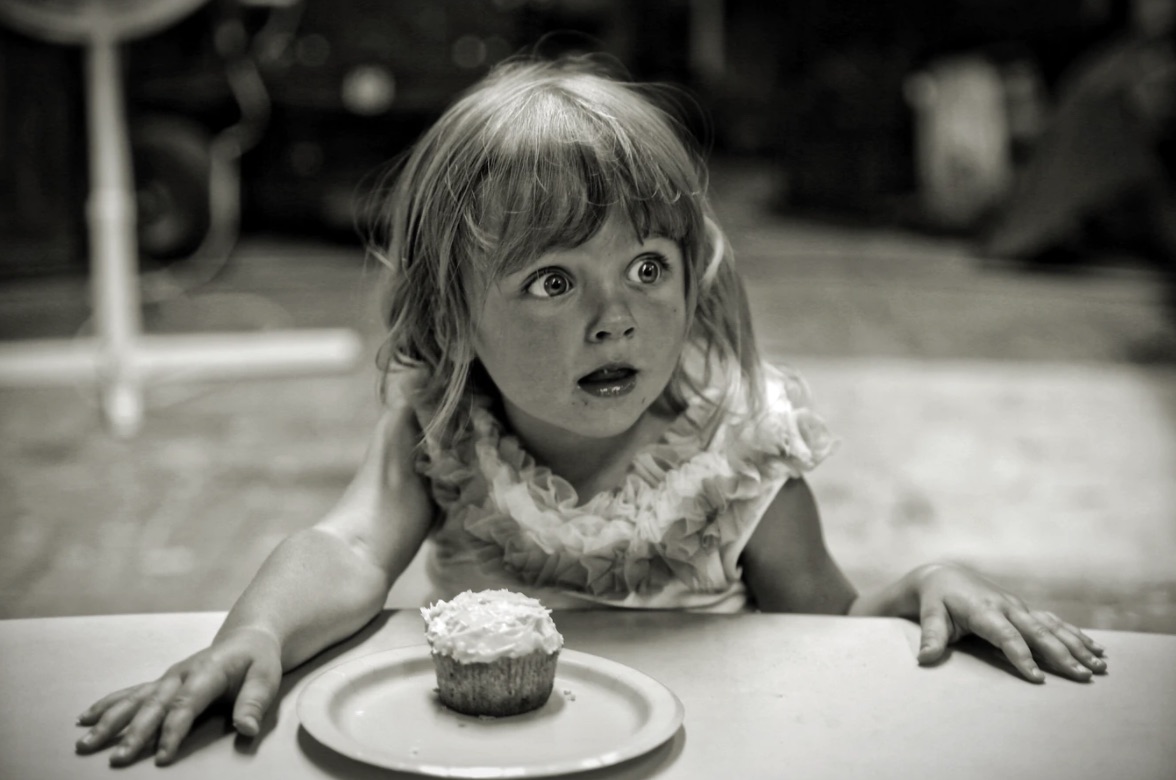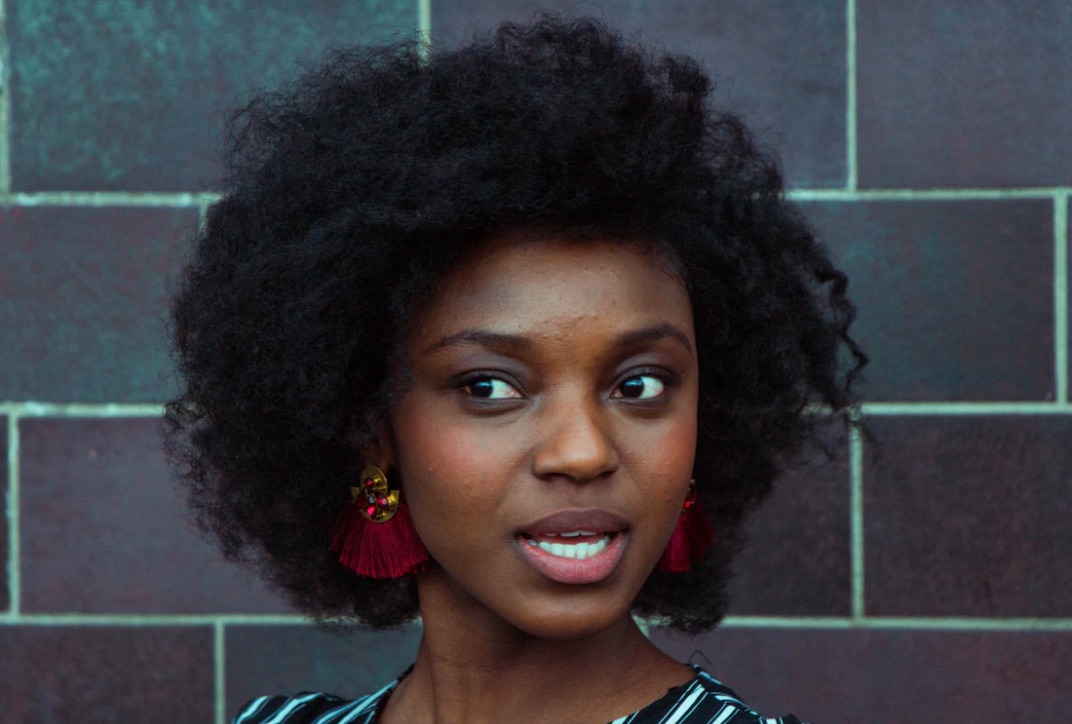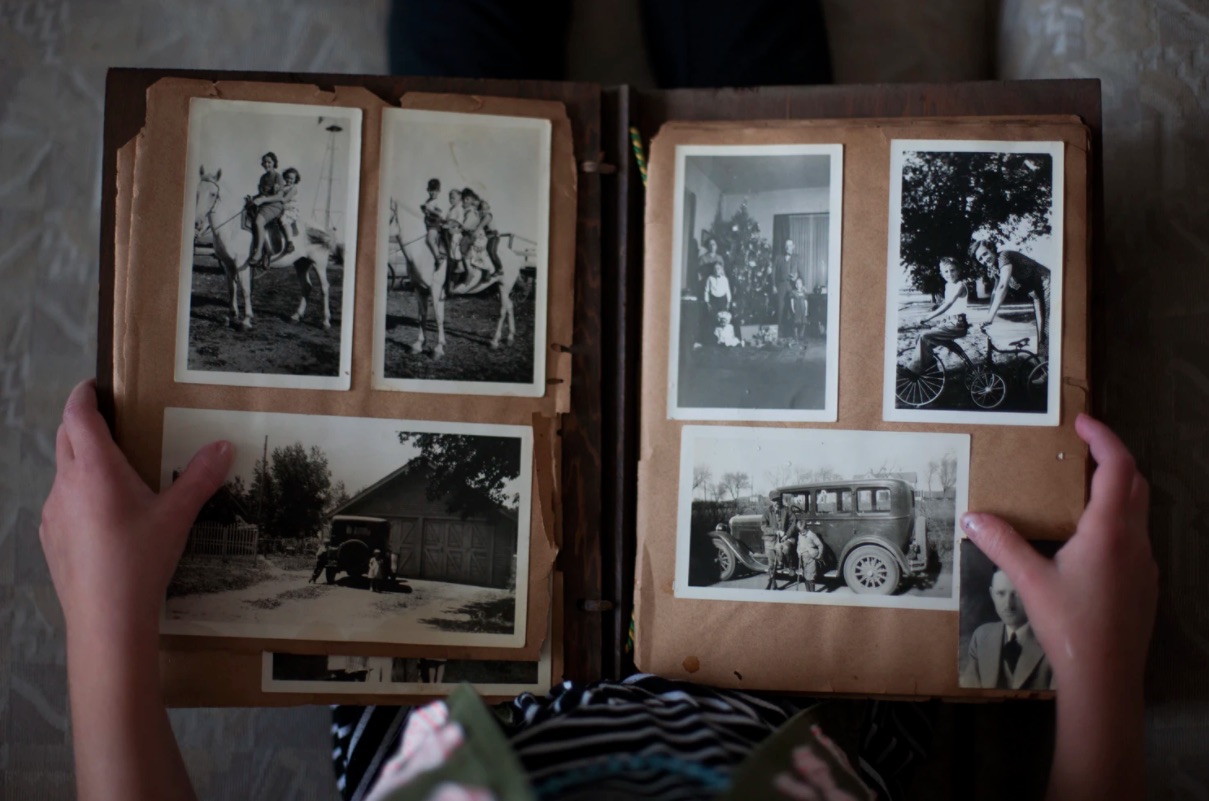
15 Sep Top 7 Ways To Trigger An Emotional Response Using Music
Listening to music is part of everyday life. We listen to music because we like it, but also – consciously or subconsciously – to affect our mood. It might be to calm, to energise or to uplift.
Music causes powerful emotional responses in humans, even physical. For instance, listening to your favourite music can make you feel happy, which triggers an increased heart rate, increased blood pressure, dilated pupils, even the release of dopamine (the brain’s ‘feel good’ chemical).
But how can these music-emotion triggers be used as tools in the content creation process to evoke an emotional response in your audience?
In this article we’ll go through the top 7 ways to trigger an emotional response in your audience using music. You might be surprised by the effectiveness of these tools. But the truth is music is an incredibly powerful medium, working more rapidly and deeply on the brain than visual mediums simply because it requires so little conscious attention.
1. Use the Element of Surprise

If you’ve ever watched a horror movie in the cinema you know this one. Everything is calm and eerily quiet, you’ve been lulled into a false sense of security and then, BANG. You jump off your seat and spill Coke Zero on the person next to you. Our brains are hardwired for a quick response when we hear sudden, loud or dissonant music. These moments, while not always pleasurable, are always memorable.
2. Get Your Audience in Sync

Music can make you tap your feet, moving together as one with the beat (that rhymes). When we do, our heartbeat and internal rhythms naturally try to keep up, increasing or decreasing with the timing of the music. It’s a pleasurable feeling to be moving in time with music, and is also something that draws you deeper into the experience. Whether it’s dancing, in a sweaty mosh pit, or driving around tapping the steering wheel.
In the world of content creation, getting your audience in sync with the music can draw your audience deeper into a scene, increasing excitement or tension.
3. Alter the Speed of Time

Believe it or not, music can be effectively used to change our perception of time. Hearing pleasant music can divert our attention away from the passing of time. This ‘time shortening’ effect may be greater in calming music with a slow tempo.
You know that on-hold call waiting music? Or background music in the doctor’s surgery? If done correctly, time can fly when listening to the right kinds of music. Similarly in supermarkets, the right music can encourage people to stay for one more trolley ride up and down the aisle to buy more detergent and biscuits.
Have a think about how you can use the tempo and tonality of music to alter the apparent speed of a scene in your production.
4. Deliver the Unexpected

We don’t only receive pleasure when music delivers it’s powerful crescendo or final resolve, but also when it almost gets there, but then unexpectedly stops short, is delayed or changes tack.
In music, the more surprising or unexpected events, the greater the reward. Our brains are turbo charged guessing machines, constantly trying to work out what will come next based on a personal data set of our own experiences.
For instance, when you expect a musical resolve, but it is intentionally held back, you are surprised by this unexpected outcome and experience strong emotions based on that surprise. It’s a simple yet effective tool to affect audience emotion.
5. Trigger Memories

Gotye knows it. Remember that track, Somebody That I Used To Know, with a recurring melody (*allegedly) inspired by much-loved children’s nursery rhyme, Bah Bah Black Sheep? Whether or not it’s true, it tapped into something deep in our collective subconscious memories, reaching number one in more than 23 countries around the world.
Music is often associated with places, times and experiences. These memories are of course personal, but have a direct impact on the way in which music can evoke an emotion. It’s also interesting to note that musical memory will survive long after other kinds of memory have long since faded away. Proof that listening to music engages many different parts of the brain, triggering connections and creating associations.
While as a filmmaker you can’t tap into personal experiences, you can broadly use music associated with well-known experiences (i.e. wedding songs or lullabies) to trigger an emotional memory-based response in your audience.
6. Change the Mood Without Saying a Word

We’re all built differently, and our brains are no different. Some people have a tendency to respond more emotionally to music than others. But while effects may vary from person to person, there is absolutely no doubt that music can be used to regulate emotion. It can calm you down and reduce stress, or equally energise, pumping you up for a big event.
Listening to your favourite music is also known to release dopamine, the same feel good hormone associated with things like food, sex and drugs.
Interestingly, when you’re sad, logic would suggest you should listen to happy music. But that’s not in fact the case. When people feel sad they are typically drawn towards so-called ‘sad music’ (for instance tracks with descending chord progressions or minor tonality). Some say this is because of its ability to help increase levels of the comforting hormone Prolactin, producing a consoling psychological effect: the musical equivalent of a big warm hug.
7. Tap Into Existing Mental Associations

We all know supermarkets play the kinds of music that are intended to make you buy more detergent and biscuits. There’s a whole industry built around this, and once again, it works.
One study tested playing back both French and German music to customers in a supermarket. As expected, French wine outsold German wine when the French music was played, and similarly German wine was more popular when German music was played.
Specific instruments can also have strong mental associations. Think Japanese flute, Pan Pipes, Banjo, Sitar.
As a content creator, your ability to tap into an existing mental association through music will always speak louder than words.
References:
- Juslin PN (2019), Musical Emotions Explained, Oxford University Press.
- North AC, The effect of musical style on restaurant customers’ spending. 2003; 35:712–8.
- Huron D, Why is sad music pleasurable? A possible role for prolactin. School of Music, Ohio State University, USA; 15(2) 146 –158
- Sachs E Matthew, Brain connectivity reflects human aesthetic responses to music, Social and Affective Neuroscience. 1-8.
- https://www.ncbi.nlm.nih.gov/pmc/articles/PMC5705548/
- https://www.pnas.org/content/116/9/3793
- https://www.bbc.com/news/health-12135590


